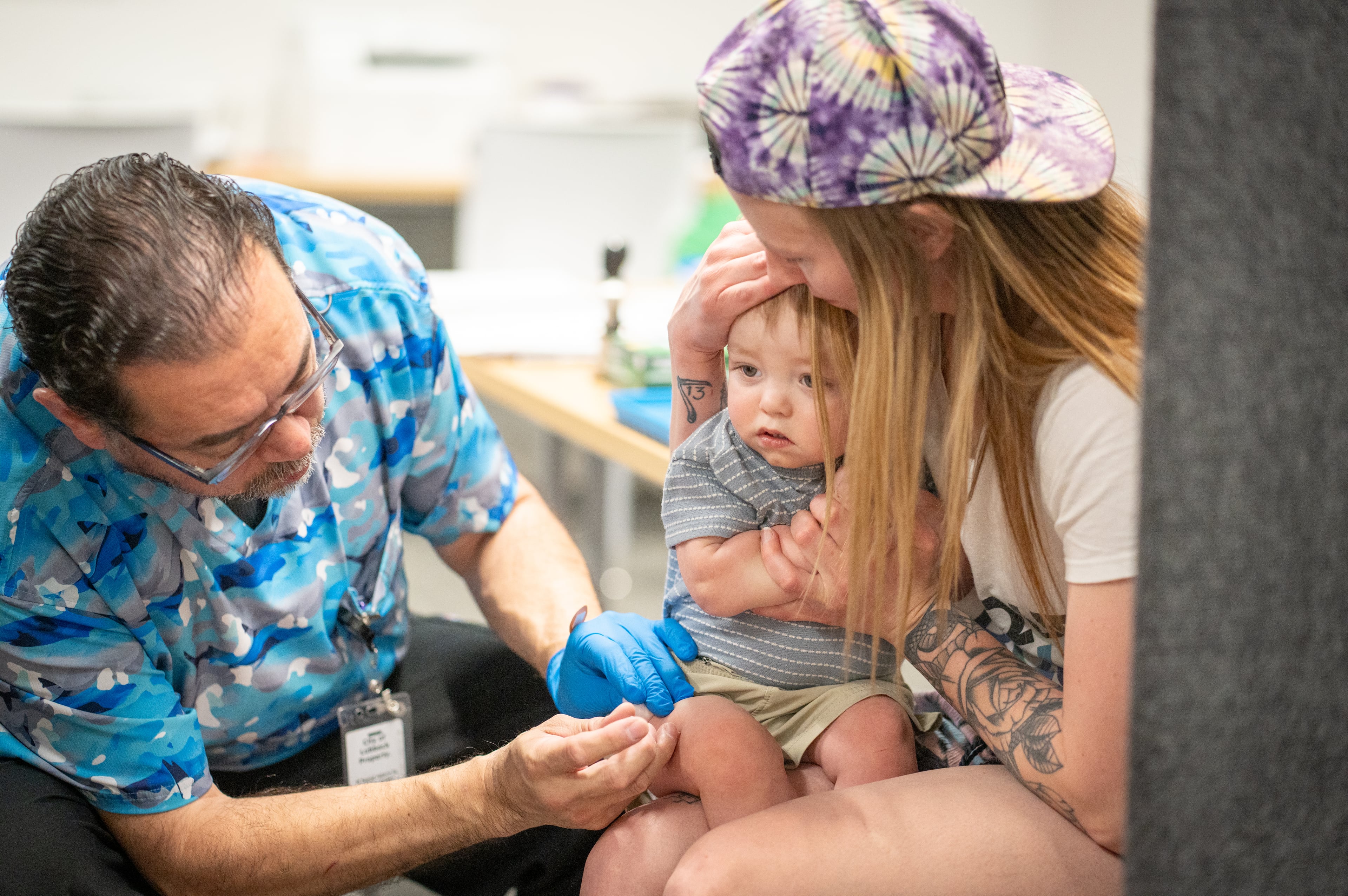What’s changing for Georgia’s student loan borrowers

Big changes are coming for Georgia’s student loan borrowers. And while most won’t kick in until next summer, there is already broad disagreement about how much they’ll help or hurt college hopefuls.
Supporters of the higher education overhaul — one piece of the enormous “One Big Beautiful Bill Act” signed by President Donald Trump last month — say it will help repair the much-maligned federal student loan system. By eliminating most repayment options and capping how much money students can borrow, it’s estimated that the alterations will save taxpayers more than $300 billion over a decade.
But critics say it comes at a steep cost, largely paid for by the most vulnerable borrowers.
“A lot of people with not a lot of income are going to be required to pay significantly more on their student loans,” said Michele Zampini of The Institute for College Access and Success. “Disproportionately, lower-income borrowers are going to feel it more than anyone else.”
The legislation will impact millions of students nationally, but it could be especially pronounced in Georgia, which has one of the highest rates of student loan debt per borrower in the country.
Adding loan limits
Under current policy, graduate students can use the Grad PLUS loan to borrow up to the college’s cost of attendance. OBBB has put an end to that. The program will be eliminated for new borrowers next July.
Grad students will be limited to borrowing no more than $100,000 from the federal government. For professional programs such as medical and law school, the cap is set at $200,000. Parent PLUS loans, which help parents pay for their child’s undergraduate education, will be capped at $65,000 per student.
Some hope schools will adapt by reducing the cost of their grad programs, which tend to be more expensive than undergraduate education. A recent study found that from July 2021 to June 2022, graduate students received 47% of federal student loan disbursements despite only making up 21% of all borrowers.
To fill the gap left by federal limits, experts expect more people — particularly those from low- and middle-income families — to turn to the private market. Private loans tend to be more expensive than federal student loans.
“All of that working together is going to mean that the federal student aid system does less for people, particularly lower-income people,” said Mike Pierce, executive director of the Student Loan Borrower Protection Center. He added that many will not be able to become doctors or lawyers, “because there won’t be a private lender willing to loan them money because they don’t have the credit for it.”
Fewer repayment options
For new borrowers, the seven repayment plans currently available will be cut down to two, a move that Republicans say will streamline and simplify the process.
One plan will work like a home mortgage. Known as the standard plan, borrowers will make fixed payments every month for 10 to 25 years. The size of those payments and the length of their plan will depend on the size of their debt.
The other option is the newly created Repayment Assistance Plan. It’s based on a borrower’s income. Those who earn $100,000 a year or more will have to pay 10% of their gross income. Those who earn $10,000 a year or less will pay 1%.
Regardless of how much money a person makes, even if they are unemployed, they must make a $10 monthly payment. That’s key to how RAP differs from previous income-based plans. Borrowers were not required to pay until they made a certain income above the federal poverty limit.
“For a lot of people, 10 bucks a month is not something you think twice about,” said Pierce. “But if you’re unemployed and you’re trying to make rent and keep food on the table, 10 bucks a month is your kid’s medicine.”
By taking away safety nets, RAP could result in more borrowers defaulting. “I think a lot of people with low incomes are going to suffer,” said Zampini.
The Biden-era SAVE plan — which will be eliminated by July 2028 — was the most generous option to get the ax. The plan offered low monthly payments, with the federal government covering unpaid interest. Although SAVE borrowers haven’t been able to make payments for months while the program has been tied up in federal courts, interest began accruing on their balances this month because of a decision by the U.S. Department of Education.
Borrowers often become discouraged with their loans when they see their balance increase despite making timely payments. That’s a result of their loans’ accruing interest. RAP aims to fix that, in part by waiving unpaid interest.
“The benefit of RAP is that if you keep up with your payments, you will always see your balance going down no matter what your payment is,” said Preston Cooper, senior fellow at the American Enterprise Institute, a conservative think tank. According to his modeling, most borrowers are “going to pay off their loans under RAP faster than they would under existing income-driven repayment plans.”
Student loan debt in Georgia
1,651,000 — Number of borrowers.
$69.8 billion — Debt owed by borrowers.
$42,300 — Average debt owed.
Source: Federal Reserve Bank of New York.


